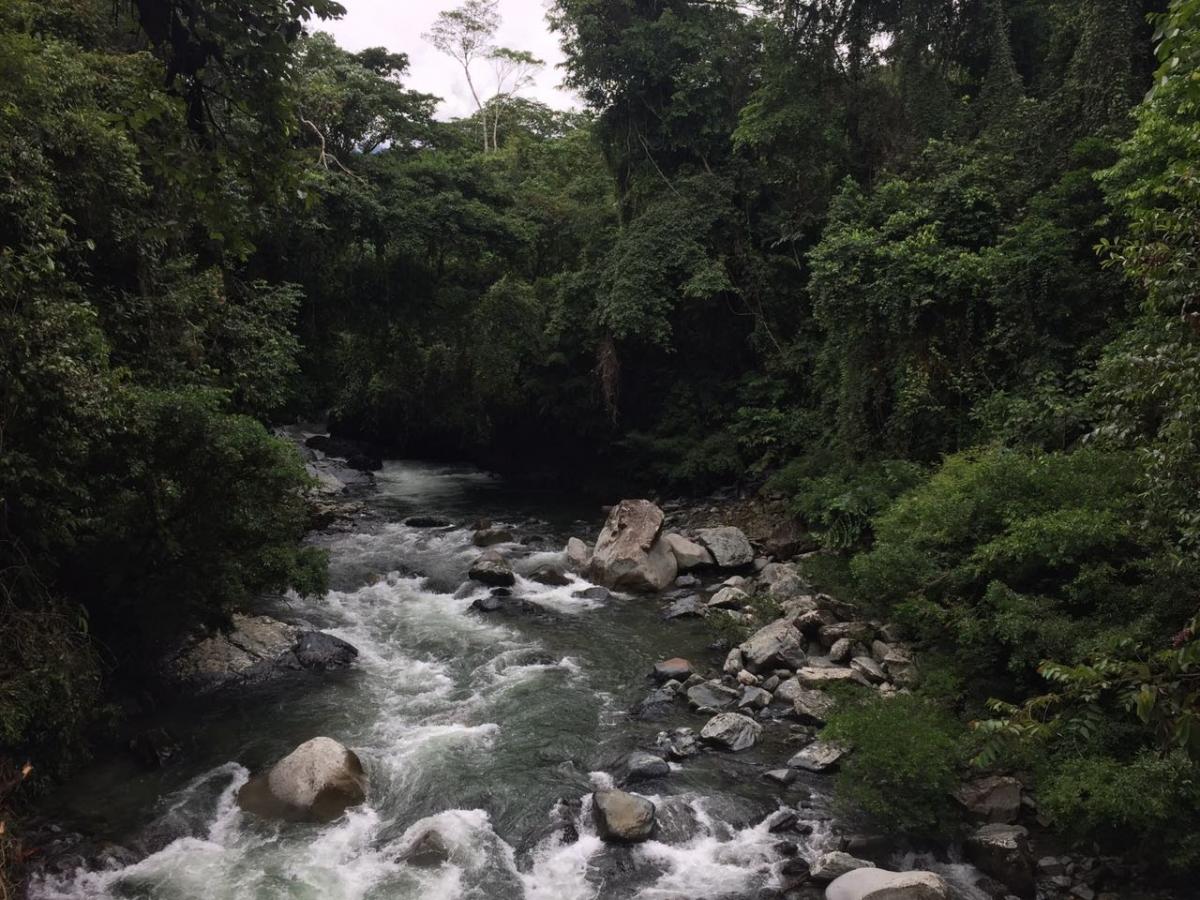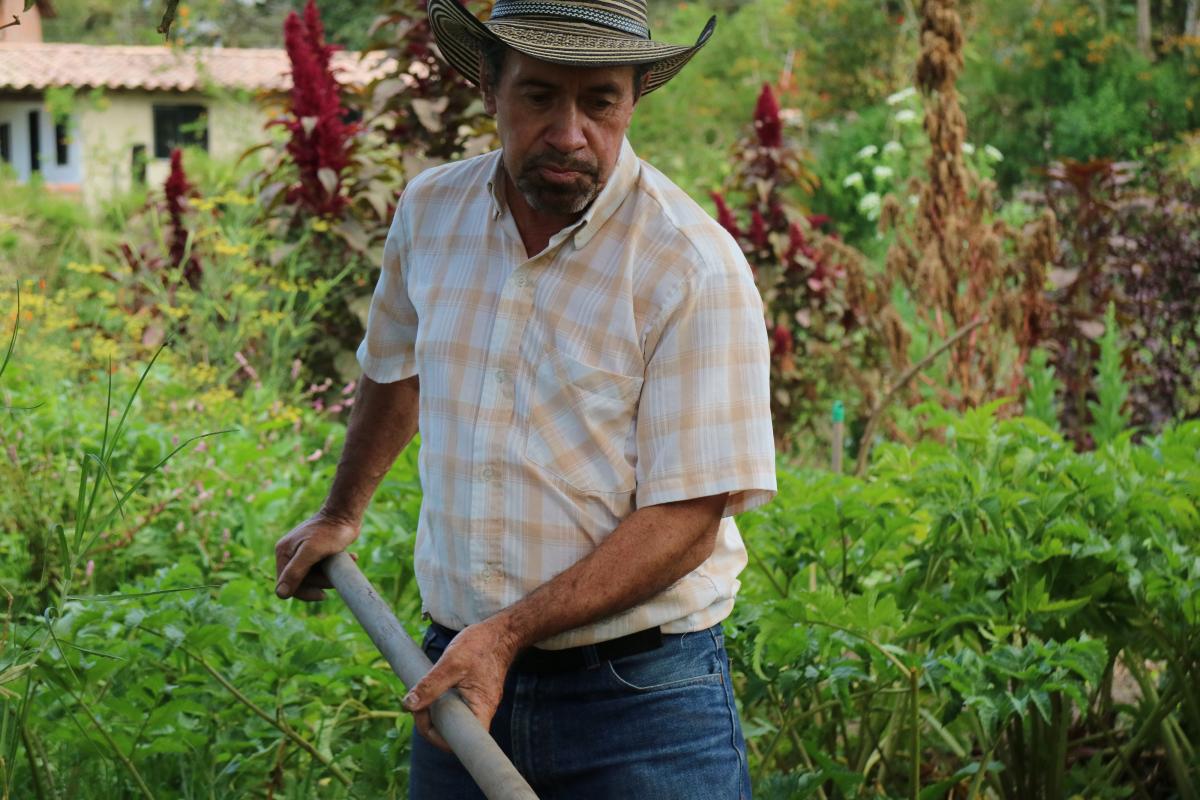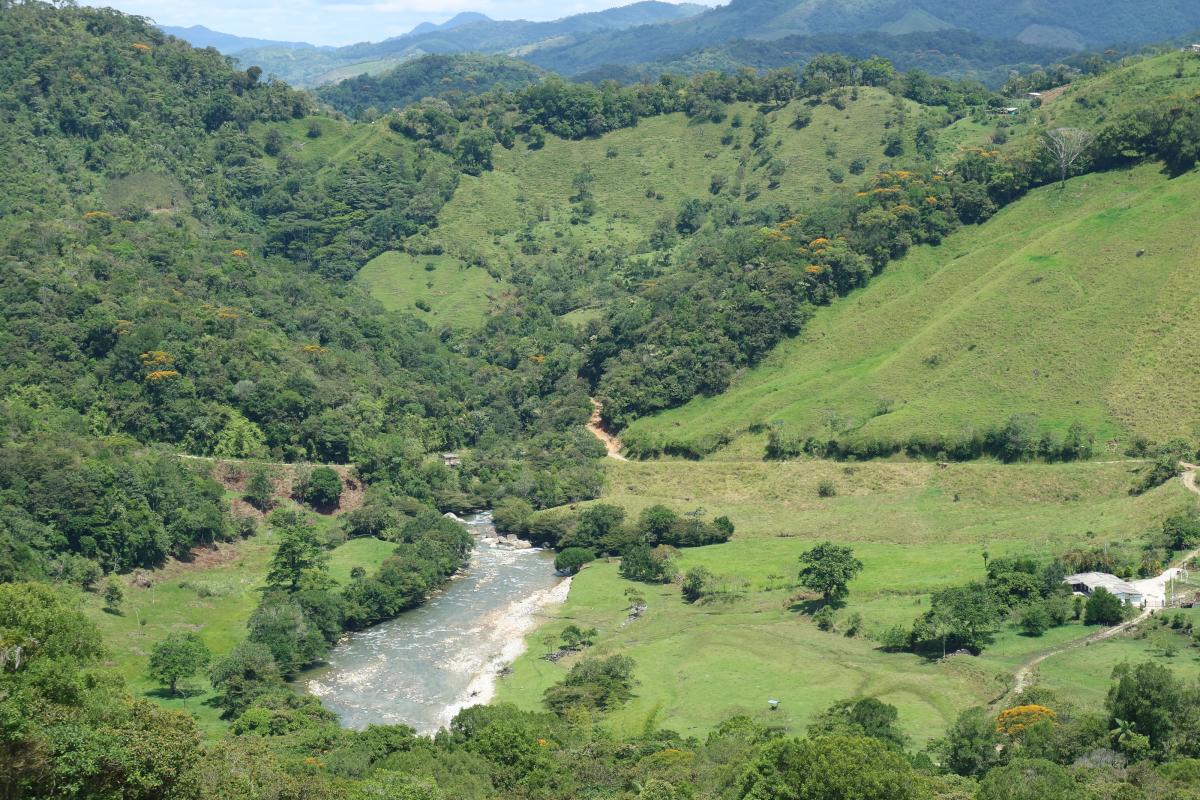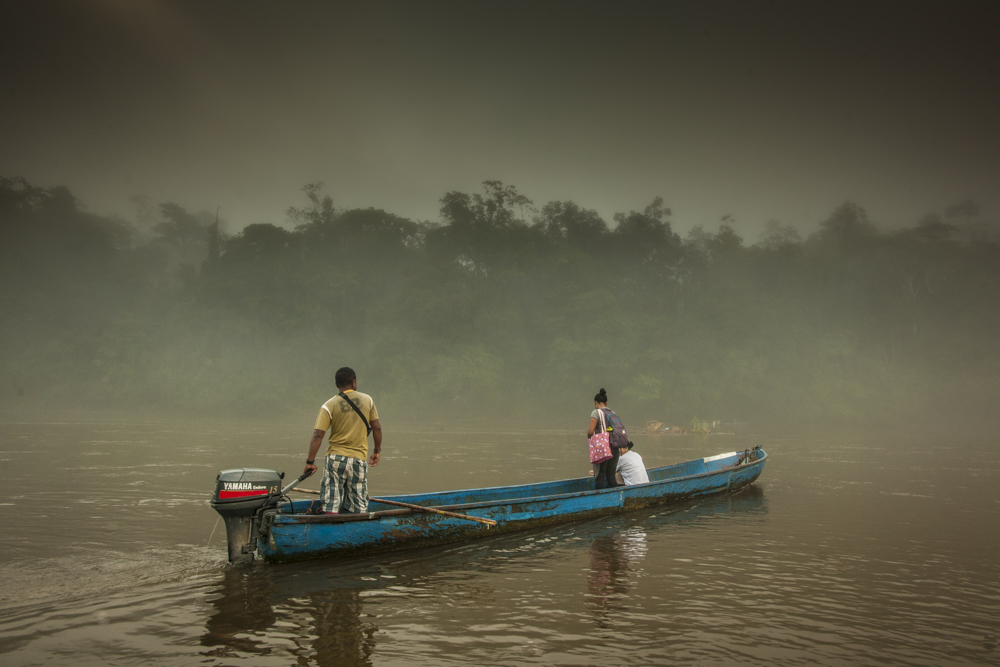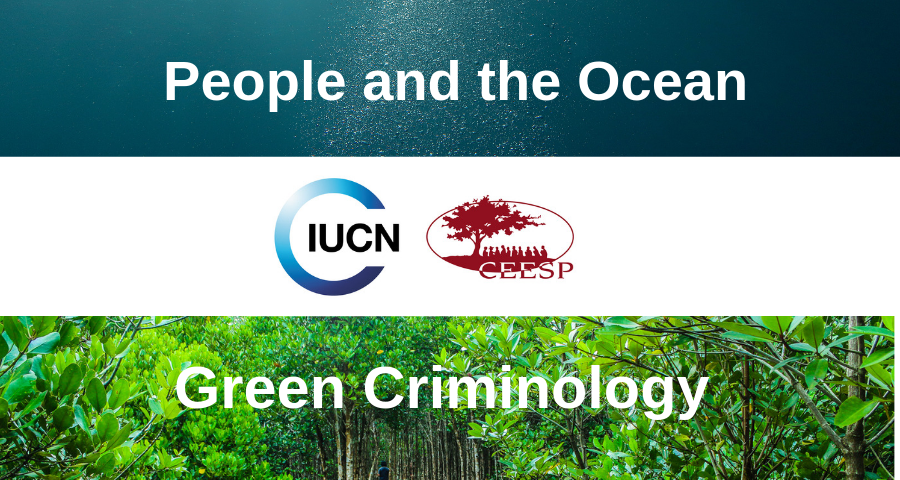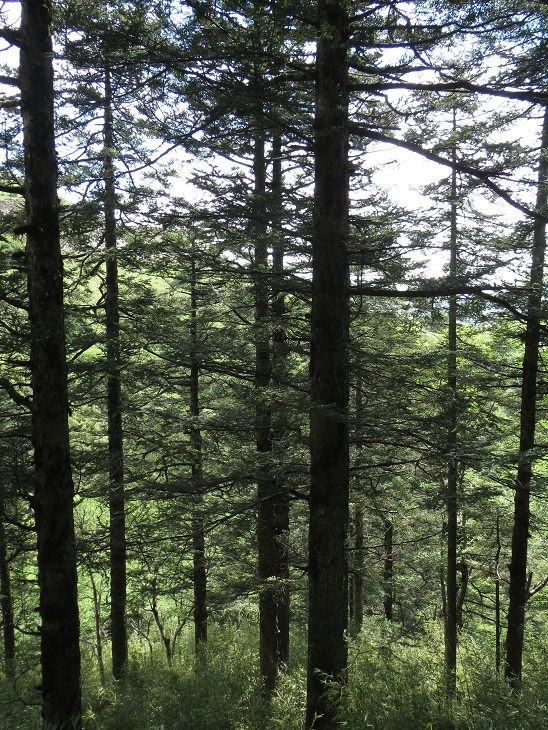Tapping into the potential of Colombia's degraded landscapes
In Colombia, the restoration of degraded landscapes is presenting new livelihood opportunities for internally displaced people affected by years of conflict. IUCN and the Alexander von Humboldt Biological Resources Research Institute are working with the government to operationalise its one million hectare restoration pledge to the Bonn Challenge. James McBreen, Programme Officer, IUCN SUR and Paola Isaacs, Researcher, Territorial Biodiversity Management Programme, Humboldt reflect on the effort.
In 2013, the Government of Colombia announced its one million hectare pledge to the Bonn Challenge. By applying the Restoration Opportunities Assessment Methodology (ROAM), developed by IUCN and the World Resources Institute (WRI), the government is beginning to identify suitable restoration areas and interventions.
The ROAM process focuses on the eastern department of Antioquia, an area which has experienced one of the highest deforestation rates in the country. Armed conflict has exacerbated the situation. However, it still has enormous potential for the conservation of remaining forest areas, which characterized by high biodiversity and provision of important ecosystem services, especially in relation to water quality and quantity.
However, preserved areas now face a new challenge, the return of people displaced by the armed conflict, as well as the reintegration of guerrillas having signed an end to the conflict with the FARC. This presents an opportunity, whereby restoration and other sustainable activities such as ecotourism offer new livelihood options for these populations. The ongoing restoration assessment processes can play a significant role in reducing further degradation and deforestation in Antioquia, and potentially improving the performance-based payments for forest conservation and preservation in Colombia.
The priority areas identified by the ROAM process include the municipalities of San Carlos, San Luis, San Francisco, Carmén de Viboral and Sonsón that form part of a proposed Puma corridor, an initiative led by the regional environmental authority (Corporación Autónoma Regional de las Cuencas de los Ríos Negro y Nare – CORNARE), a partner in the restoration opportunity assessment alongside the Catholic University of Antioquia (Universidad Católica de Oriente). In addition to the evaluation of restoration opportunities in these prioritized areas, a cost-benefit analysis of each transition is being carried out; this integrated approach allows the social, economic and ecological aspects to be better understood, permitting also effective monitoring over the long term.
The activities in Antioquia support forest restoration through a landscape approach, with the objective of regaining ecological functionality whilst enhancing gender equity, well-being and livelihoods across degraded landscapes. A key component of the ROAM process in Antioquia has been multi-stakeholder dialogues that have resulted in the identification of a series of interventions to be applied in priority landscapes. These are backed by sound policy, legal and financial analyses and will provide decision makers with comprehensive options that contribute to territorial management, and seeks to integrate initiatives already initiated by CORNARE, such as BanCO2 (http://www.banco2.com), the regional protected areas system, and a biodiversity offsetting mechanism.
Restoration has become a key activity for Colombia to achieve its national needs and international commitments, especially to the Convention on Biological Diversity (CBD), United Nations Convention to Combat Desertification (UNCCD), United Nations Framework Convention on Climate Change (UNFCCC), and the 2030 Agenda for Sustainable Development, as well as the eradication of hunger and malnutrition and ensuring food security. In addition to identifying options for increased connectivity between landscapes, ecosystems and habitats, the ROAM process has provided valuable insight into the importance of forest landscape restoration (FLR) in post-conflict Colombia, and is especially relevant to restore ecological integrity, avoid degradation, and provide alternative livelihoods for displaced people.
It is paramount to consider the need for the scaling out and up of restoration activities to support Colombia in achieving its Bonn Challenge pledge of one million hectares by 2020. FLR interventions conducted under the Bonn Challenge will help the country respond to national priorities including conserving biodiversity, boosting landscape productivity, improving water and food security, and combating desertification. This project will contribute towards positioning restoration as a key activity to address the peace agreement, providing alternative livelihood options for Colombians returning to previously occupied conflict zones, and as a reference for the entire country, and beyond.
Interested in learning more about Colombia’s pledge to the Bonn Challenge. Check out our country profile on www.InfoFLR.org – your one-stop shop for the latest FLR news and analysis.
